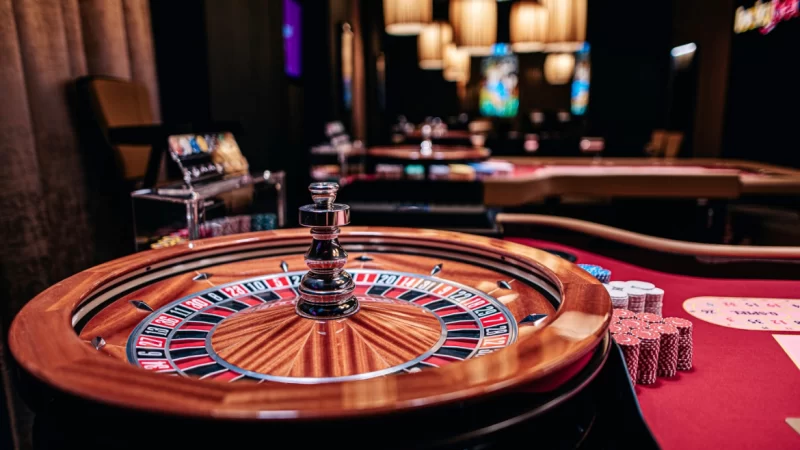The Science Behind Slot Machines

Slot machines are a profitable component of the casino industry and utilize principles of probability to attract customers. But how exactly do these games work?
Psychologist Richard Wiseman defines luck as an explanation people use to make sense of events they believe they cannot control; and claims that lucky people possess an intuitive knowledge about what’s happening around them.
Random number generator
Random number generators produce sequences of numbers with no discernable patterns that cannot be predicted from previous numbers generated, making them ideal for applications such as data encryption, simulations, statistical sampling and gambling.
These devices rely on both mechanical hardware, like dice rolling or coin flipping, and quantum physics; both draw on subatomic particles’ unpredictable behavior to operate these games of chance.
Humans tend to look for patterns in random numbers, making creating truly random ones not an easy task. If you want a number between 1 and 10, for instance, selecting it requires going through 10 distinct combinations of numbers.
Reels
Although many believe a slot machine is “due” for a win, its odds don’t change depending on which spin it takes place on. Instead, its randomness determines whether players win or lose each time around.
Understanding how slots operate is crucial for avoiding compulsive gambling. Researchers have researched how different design elements, from reel color and sound effects when someone wins to music playing when someone wins, have an effect on player behavior.
Prior to computerization, slot machines were all-or-nothing: when you pulled the lever you either got cherries or the lucky 7; but now casinos use advanced technology to keep players hooked, with features like multiple paylines and progressive jackpots which increase chances of a win and make playing even more thrilling!
Symbols
Every player must understand the essentials of slot symbols when it comes to slots: standard symbols, wilds and scatters. When appearing on an active payline, standard symbols pay out an agreed-upon sum each time. Wilds pay out even more. Scatters give out money only upon appearing – while standard ones pay out their full value immediately upon appearing!
Wild symbols operate similarly to standard ones but don’t need to appear on an adjacent payline to win. Instead, these unique icons often relate to specific themes and can be found across all reels; additionally they often provide larger jackpots than regular symbols do.
Many players assume the BAR symbol in slot machines stands for chewing gum sticks, but it actually refers to legal restrictions against gambling. After their ban was lifted, manufacturers started turning their slots into fruit machines which offered chewing gum prizes as rewards for winners.
Paylines
Paylines in slot machines are patterns upon which matching symbols must align to trigger a payout. They could be horizontal lines, diagonals, zigzags or anything else – different slots have different paylines that should be studied closely in order to increase winning potential and maximize earnings.
Slot machines may seem simple at first glance, but their inner workings are intricate mathematical algorithms which combine probability and chance to reduce chances of success. Learning about how they function may be confusing at first, but doing so will give a deeper appreciation for these games – particularly those returning after an absence or seeking to improve their playback techniques. Being aware of how these machines function will also allow you to avoid the mistakes others make while using one!
Near misses
Though it may be common knowledge that slot machines are addictive, many still find them compelling – likely due to the way the games appeal to our instinctual human attraction for probability.
However, it is essential to understand how these machines function. They do not merely rely on luck to determine the outcome of a spin; rather they employ operant conditioning principles such as shaping which involves giving small payouts for near misses to keep players playing longer and keep them engaged with gaming.
Experimental studies have cited evidence of near-miss effects on gambling persistence; however, these do not apply to classic slot machines. These experiments utilized conventional chained procedures with predictable connections between conditional reinforcers and subsequent unconditional reinforcers; which does not exist on classic slot machines.







